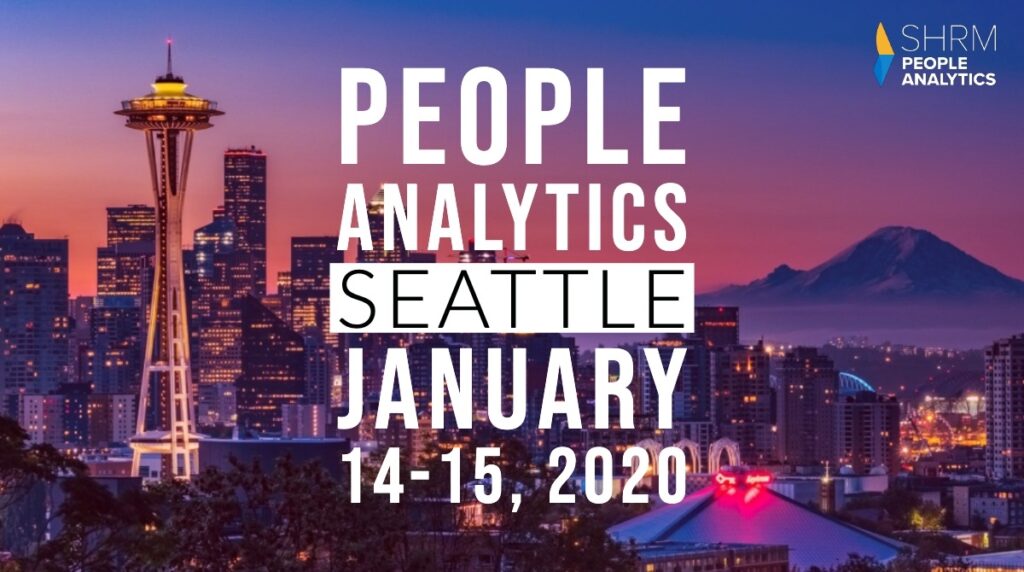Why HR Should Pay Attention to Predictive Analytics

This is the time of year for predictions. One of the things that shows up fairly consistently on HR related trends articles includes predictive analytics. So, what exactly are predictive analytics and why should we pay attention to them?
I like to think of it this way: HR metrics tell you what happened in the past. For example, time to fill or cost per hire. Both of these metrics are valuable, and I believe HR departments should be calculating them, but they’re not all the information we might need to make business decisions.
Where HR metrics provide us a look at what we’ve done, predictive analytics offer insights into the future. It’s focused on probabilities and impact, so it provides flexibility to the organization’s needs. I know, that sounds like a tall order. I’ve been trying to learn more about predictive analytics so I picked up a copy of the book “Predictive Analytics for Human Resources” by Jac Fitz-enz and John Mattox. (Fitz-enz’s book “How to Measure Human Resource Management” is my go-to book for HR metrics.)
Predictive analytics measures the three things business people talk about the most: efficiency, effectiveness, and outcomes.
- Efficiency measurements include some we already calculate such as average number of days to fill a requisition and cost per hire.
- Effectiveness measurements might contain new hire performance ratings, engagement survey results, and exit interview data.
- Outcomes measure profitability, productivity, and retention.
There are times when today’s business environment is moving so quickly that we cannot always be focused on what’s happened in the past. We have to give equal time (and some might argue more time) to what we think is going to happen in the future and plan accordingly. That’s where predictive analytics comes in. It’s what you do with the information you gather. Predictive analytics is about the connection between these three types of measurement mentioned above. Here are a few examples:
- Number of open hires (efficiency) – Quality of hire (effectiveness) – Length of employment (outcome)
- Average cost per hire (efficiency) – Cultural fit (effectiveness) – Contribution to product quality (outcome)
- Amount of training attended (efficiency) – Hi/lo potential status (effectiveness) – Increased profit margin (outcome)
I’ve written in the past about the need for HR pros to focus on their analytical abilities. If you’re looking for a way to increase your skills, wrapping your arms around predictive analytics might be a good place to start because HR metrics aren’t going away and neither are predictive analytics.
In fact, an increasing number of HR departments are designing analytical roles. If you’re looking for a job in human resources, knowing something about predictive analytics will be important. HR wants to be on the front-end of this trend. Because it’s not going away anytime soon. If ever.
Speaking of staying on top of predictive analytics, the Society for Human Resource Management (SHRM) is hosting their first People Analytics Conference. It’s scheduled for January 14-15, 2020 in Seattle. HR Bartender readers can get 50% off the regular registration rate using the code PA20SHARLYN. I’m planning to be there. Hope to see you!!
18